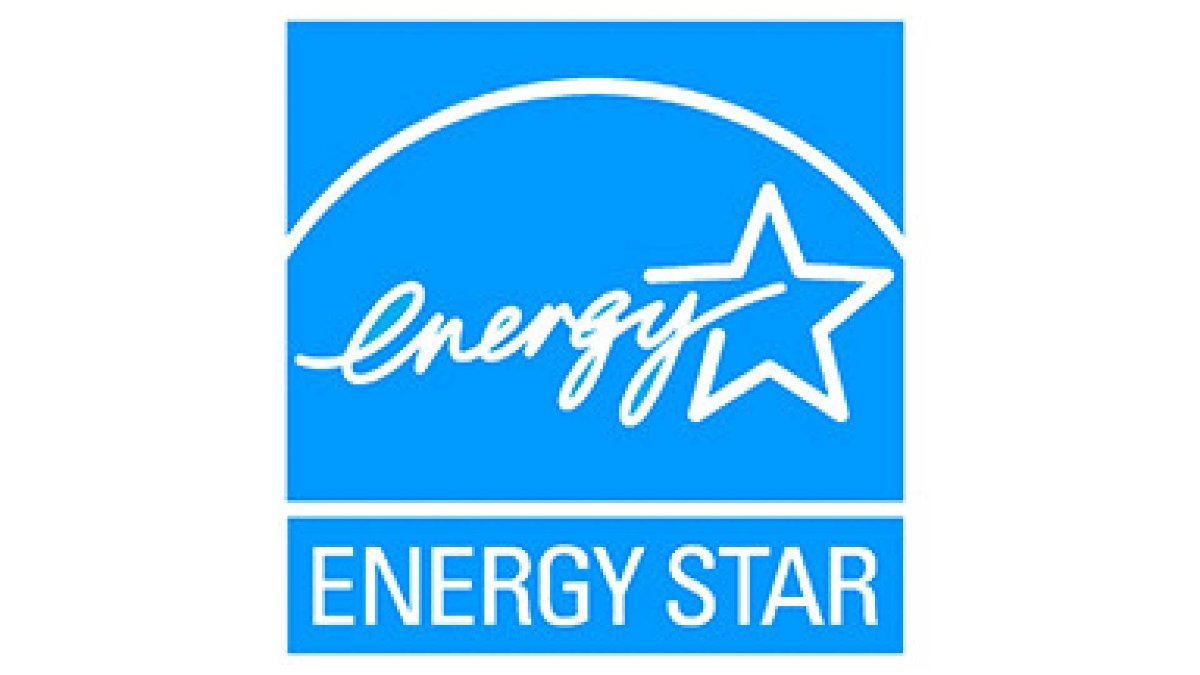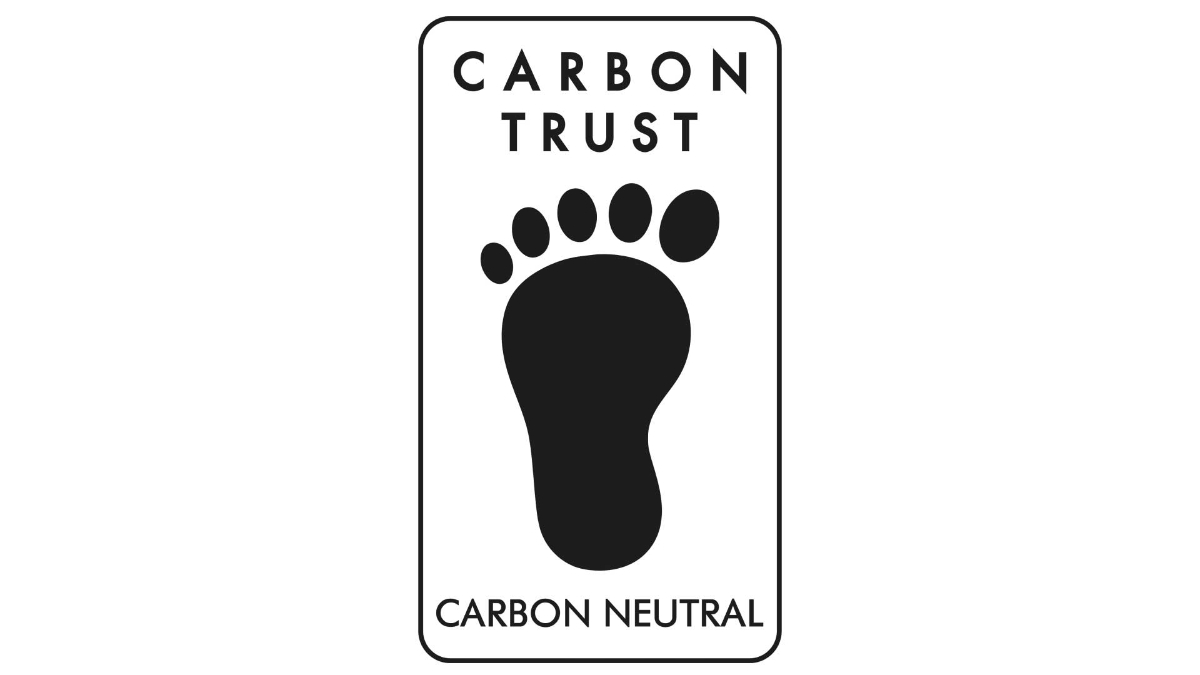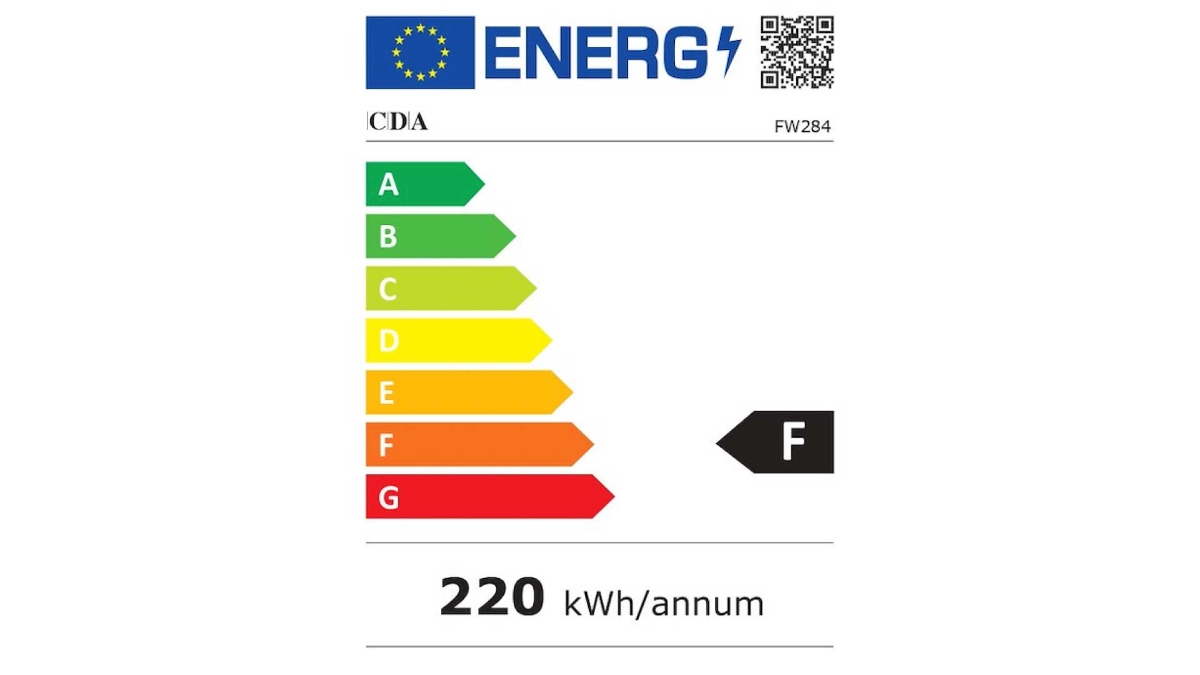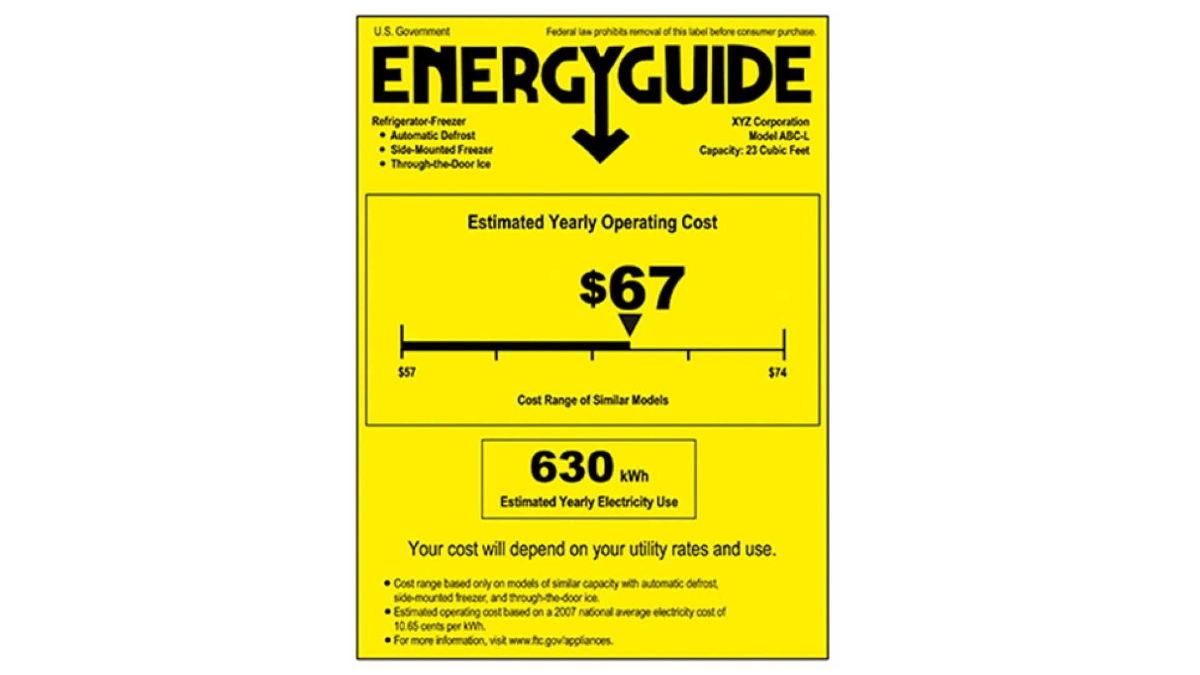Guide to assess a commercial product’s sustainability
White paper 70
Executive summary
As more companies and consumers seek to reduce and report on their environmental footprint, vendors are responding with claims of environmentally sustainable products. Assessing the environmental sustainability of a product is complex and claims are difficult to ascertain without knowing the underlying assumptions and standards upon which they are made. This guide explains international standards for product environmental labels and declarations that help with product assessments. We then discuss how to read a product’s environmental declaration document that helps quantify its sustainability performance. Finally, we provide guidance for how to accurately assess the environmental sustainability of similar products, providing confidence that your buying decisions are in fact reducing your organisation’s environmental footprint.
Introduction
Company leaders, sustainability departments, and procurement departments are striving to improve and report on the environmental sustainability of their businesses. The products and services a company buys play an important role in the company’s environmental sustainability goals in terms of its Scope 1, 2, and 3 CO2e emissions. Consequently, manufacturers are responding with claims of environmentally sustainable products. Assessing the environmental sustainability of a product is complex and claims are difficult to ascertain without knowing the underlying assumptions and standards upon which they’re made. This has led to questionable advertisements and claims of “green” products known as “greenwashing”, as illustrated further in Figure 1. Unfortunately, this practice can undermine a decision-maker’s confidence that the product they’re buying is, in fact, lowering their environmental footprint (see end notes 1 to 4). While there are other environmental impacts like water use and contribution to mineral resources depletion, this guide focuses mainly on carbon emissions as a means of assessing a product’s environmental sustainability. Different types of products are assessed differently in this regard, therefore, this guide relates specifically to electrical and electronic equipment (EEE) and heating, ventilation, and air conditioning (HVAC) products.
Also in this guide, we describe international standards for product environmental labels and declarations that help with product assessments. We then explain how to read a product’s environmental declaration document that helps quantify its sustainability performance. Finally, we provide guidance on accurately assessing the environmental sustainability of similar products, giving you confidence that your buying decisions are truly reducing your organisation’s environmental footprint.
The image of a green earth symbolises a green product claim (i.e., it’s good for the planet), but under the surface the product is not green (i.e., it’s filled with plastic). Advertisements with claims that are too good to be true, are overstated, or misguided are likely examples of greenwashing.
Standards that help with product assessments
Product manufacturers have a significant impact and influence on a product’s environmental footprint. There are different ways a manufacturer can improve their product’s environmental footprint throughout the product lifecycle, including end-of-life. For example, a manufacturer could purchase renewable energy to run its factories, design products to use less plastic and metal, use smaller and more efficient components like wide-bandgap semiconductors, produce packaging from recycled materials, offer take-back programmes for end-of-life products, and many other practices. The question becomes: how does someone assess and validate that one product is more environmentally sustainable than another? The answer lies in environmental labels and declarations and their underlying globally recognised standards.
The International Organisation for Standardisation (ISO) is one of the most recognised standards bodies in the world. In the manufacturing industry, it's well known for its ISO 9000 quality management standards. Similarly, in the environmental community, it's known for its ISO 14000 environmental standards. These standards provide the basis for understanding the environmental sustainability labels a manufacturer applies to its products. In this paper, we describe three pertinent labels:
-
Type I labels are governed by ISO standard 14024:2018 Environmental labels and declarations – Type I environmental labelling – Principles and procedures. These labels communicate that a particular product or service meets or exceeds specific and quantitative environmental criteria set by independent third-party organisations. As such, Type I labels require third-party verification, which makes them a credible and useful means of “narrowing down” your long list of potential products or services. However, attaining these labels can be cost-prohibitive for suppliers, especially if they have many products in different categories. This helps explain why few products have them. Some examples of Type I labels are shown in Figure 2.
In the case of Energy Star, it verifies the efficiency of different product categories. For example, if someone were seeking an efficient uninterruptible power supply (UPS), they could use the Energy Star product finder to search for the most efficient UPS within a given topology. While Type I labels provide a convenient and valid means of comparing certain product attributes, like efficiency, they aren’t based on a lifecycle assessment (LCA).
Figure 2 - Examples of Type I labels

Energy Star
Learn more 
Ecolabel
Learn more -IC-1920x1080.jpg)
China Environmental Labelling Programme (CELP)
Learn more 
Carbon Trust
Learn more 
EU Energy Label
Learn more 
Energy Guide
Learn more -
Type II labels are governed by ISO standard ISO 14021:2016 Environmental labels and declarations – self-declared environmental claims (Type II environmental labelling). Like Type I labels, they communicate that a product or service meets or exceeds specific and quantitative environmental criteria. However, as the title implies, these labels are self-declared, meaning that a product manufacturer can apply whatever claim they wish without third-party verification. Unfortunately, less reputable manufacturers take advantage of this and make false claims on their Type II labels. Therefore, due diligence is imperative if you want to use Type II labels in your assessment. It’s important that the manufacturer provide the underlying documentation of their labelling programme along with the data. According to ISO 14021, “The evaluation methodology used by those who make environmental claims should be clear, transparent, scientifically sound, and documented.” In addition, the manufacturer should have the data available to substantiate the claim. The label should not imply that the product is certified or otherwise validated by a third-party. An example of a Type II label is shown in Figure 3.
Figure 3 - Example of a Type II label

